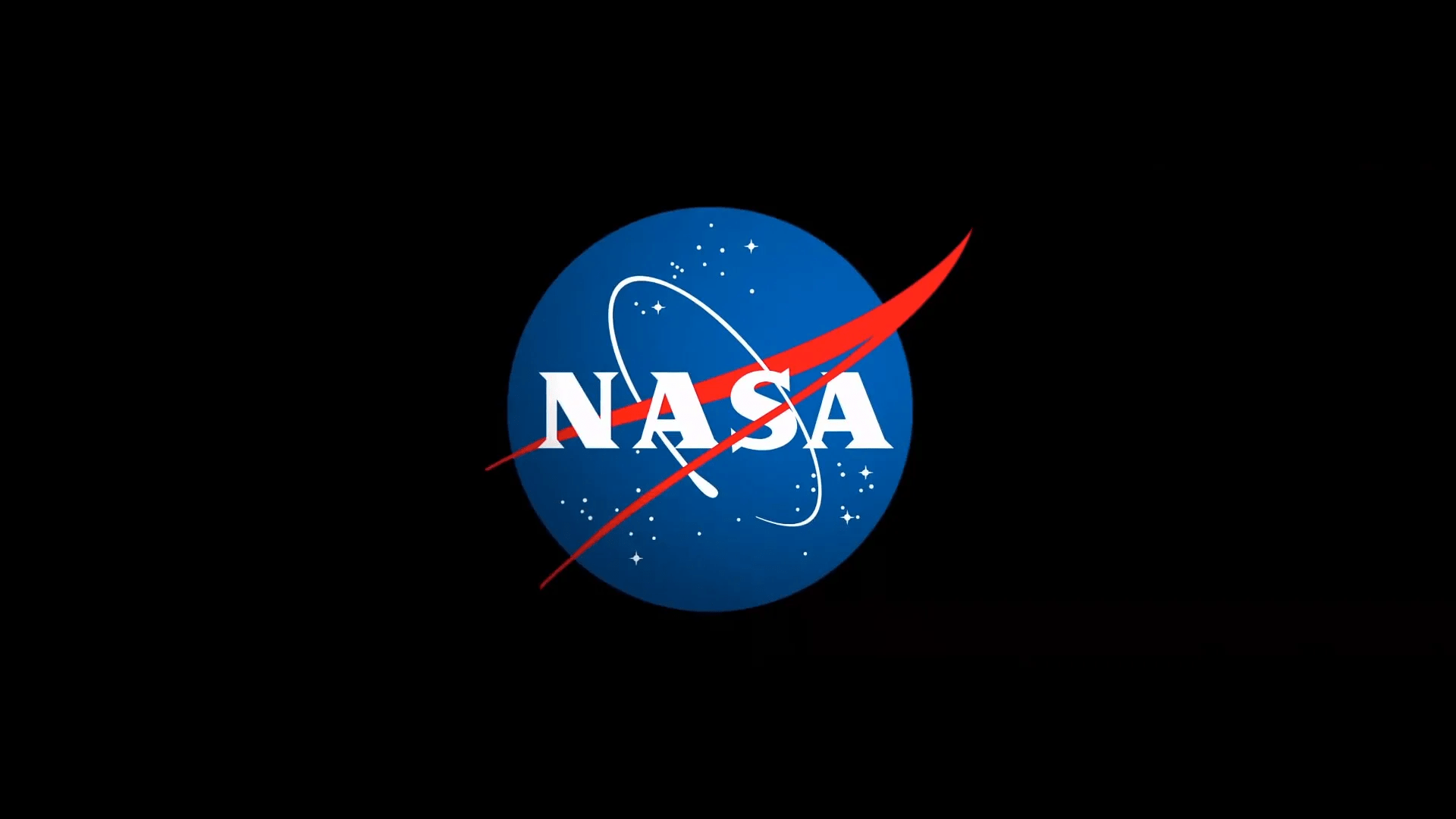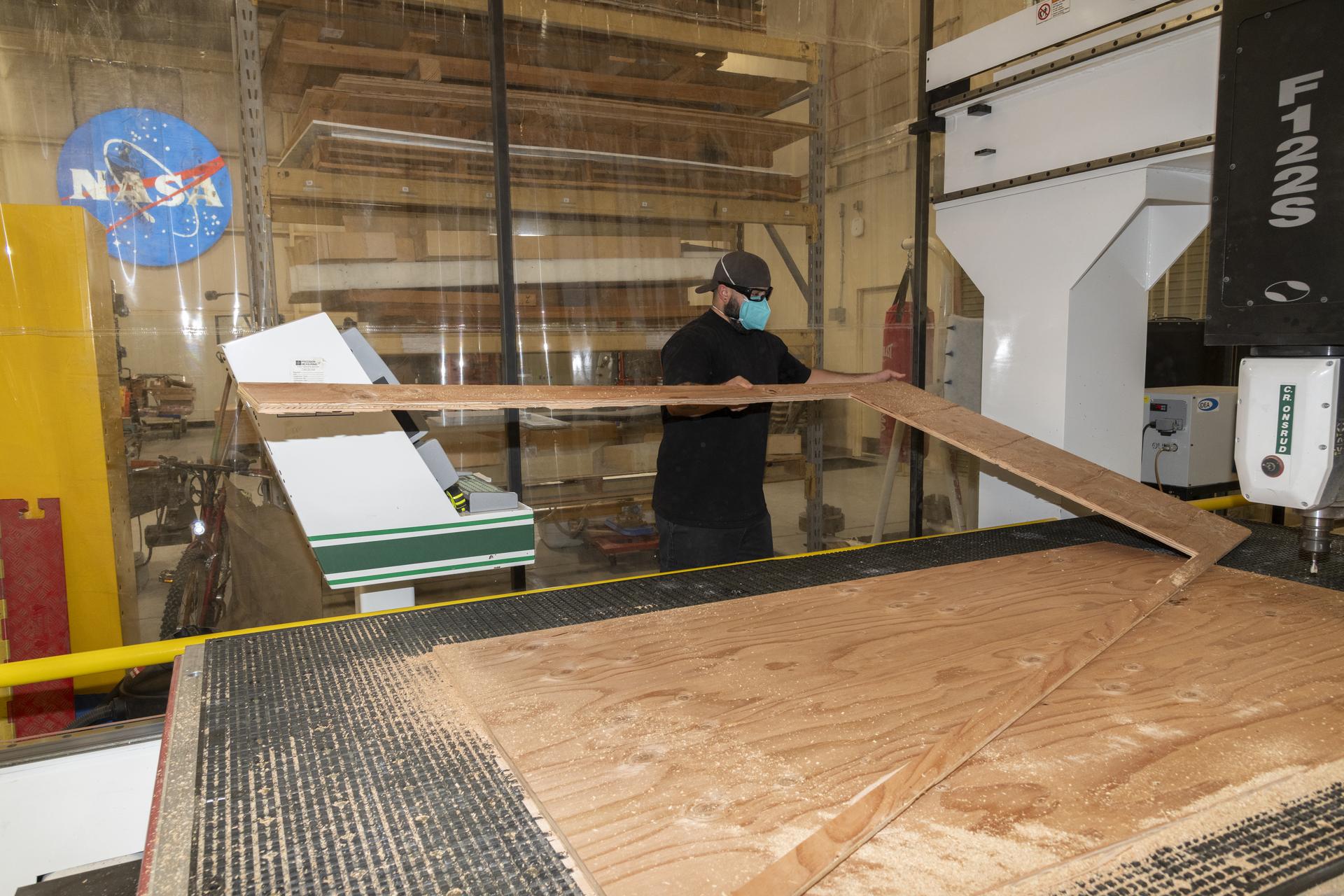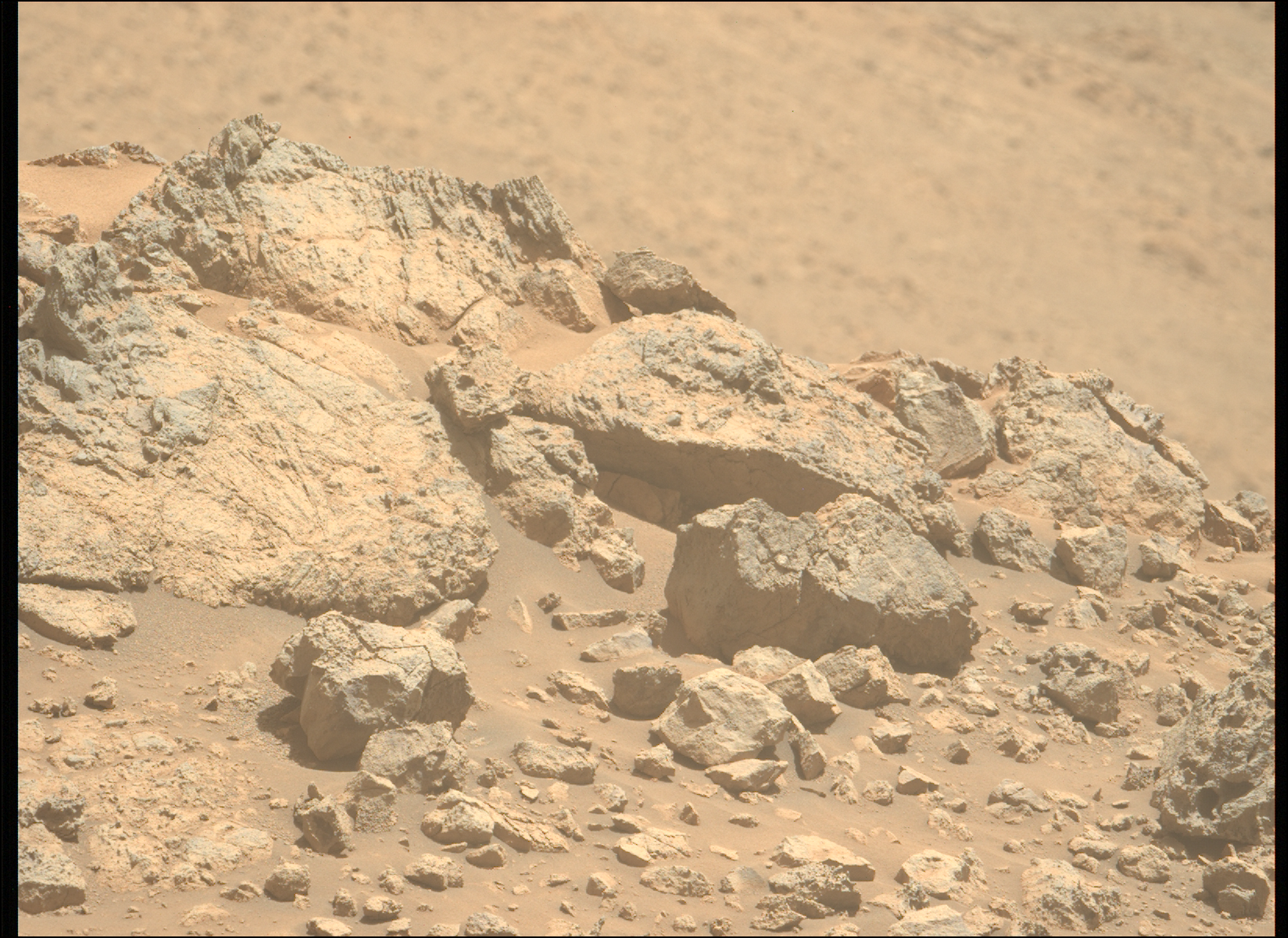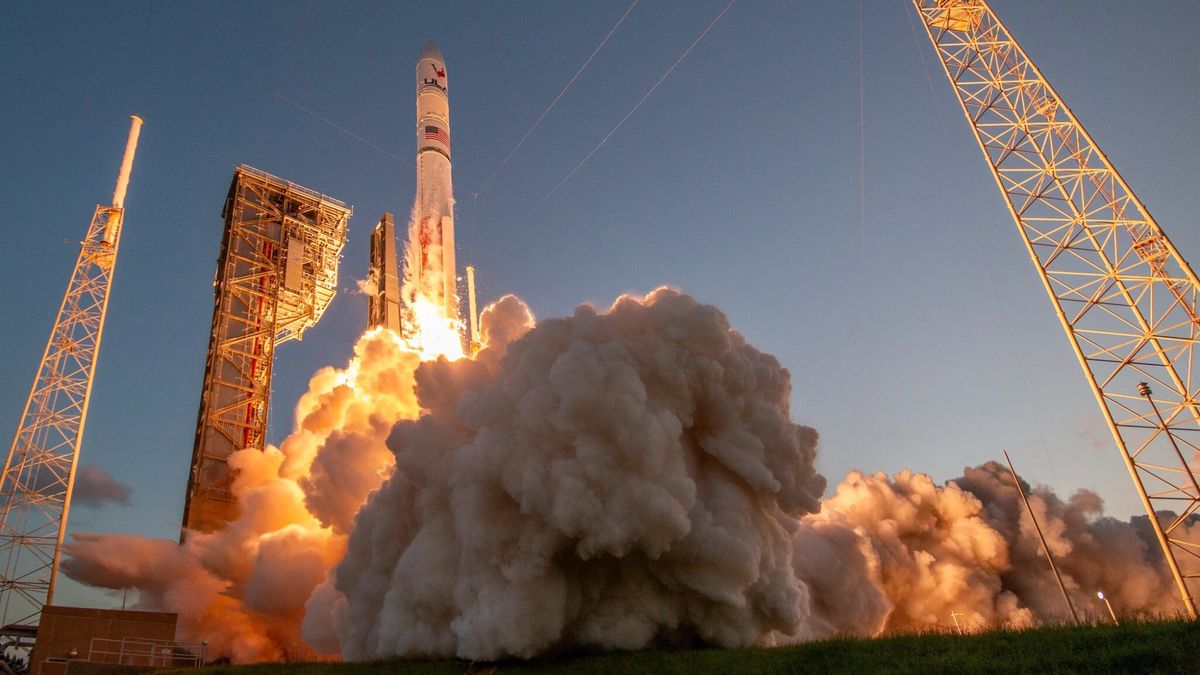NASA logo. NASA has awarded SpaceX of Starbase, Texas, a modification under the NASA Launch Services (NLS) II contract to add Starship to their existing Falcon 9 and Falcon Heavy launch service offerings. The NLS II contracts provide a broad range of commercial launch services for NASA’s planetary, Earth-observing, exploration, and scientific satellites. These high-priority, low and medium risk tolerant missions have full NASA technical oversight and mission assurance, resulting in the highest probability of launch success. The NLS II contracts are multiple award, indefinite-delivery/indefinite-quantity, with an ordering period through…
Read MoreCategory: Nasa
Nasa
Doom games in order: Chronological and release date
Doom is the daddy of first-person shooters and one of the most influential games of all time, so we battled through hell and put together these lists of the Doom games in order, both by chronological timeline and release date. Doom: The Dark Ages is set to arrive on May 15, 2025, and we can hardly wait! If you’re a newcomer or only played the last two installments, you might be a bit confused about the loose timeline of the sci-fi-horror-fantasy series. Now, before diehards move in for a glory…
Read MoreNASA Boosts Efficiency with Custom X-66 Flooring
2 min read Preparations for Next Moonwalk Simulations Underway (and Underwater) Eric Garza, an engineering technician in the Experimental Fabrication Shop at NASA’s Armstrong Flight Research Center in Edwards, California, cuts plywood to size for temporary floorboards for the X-66 experimental demonstrator aircraft on Aug. 26, 2024. NASA/Steve Freeman NASA designed temporary floorboards for the MD-90 aircraft to use while it is transformed into the X-66 experimental demonstrator aircraft. These floorboards will protect the original flooring and streamline the modification process. Supporting the agency’s Sustainable Flight Demonstrator project, a small…
Read More‘Chappie’ is 10 years old, and Blomkamp’s flawed humanist take on robots and AI is more relevant than ever
It’s safe to say Neill Blomkamp’s District 9 (2009) became an instant modern sci-fi classic, which explains why both moviegoers and Hollywood studios had massive expectations for the filmmaker’s follow-up flicks: Elysium (2013) and Chappie (2015). Neither reached the same heights and remain divisive to this day, but we think the latter is worth a quick rewatch a decade later. Most can agree that Blomkamp has a knack for delivering grounded and tangible sci-fi worlds on reasonable production budgets. It’s been the key to his long-term success, despite recent failure…
Read MoreSolar eclipse US weather forecast: Best places to see the moon ‘bite’ the sun tomorrow
A partial solar eclipse is coming this weekend, but weather could be an issue for many hoping to get a glimpse of the moon “taking a bite” out of the sun. Skywatchers across much of New York State, New England and Atlantic Canada who are hoping to get a view of Saturday morning’s partial solar eclipse are unfortunately going to be at the mercy of a stationary weather system that will likely generate widespread cloudiness as well as a variety of precipitation ranging from rain, sleet and snow. The front…
Read MoreVisiting Mars on the Way to the Outer Solar System
Explore This Section Perseverance Home Mission Overview Rover Components Mars Rock Samples Where is Perseverance? Ingenuity Mars Helicopter Mission Updates Science Overview Objectives Instruments Highlights Exploration Goals News and Features Multimedia Perseverance Raw Images Images Videos Audio More Resources Mars Missions Mars Sample Return Mars Perseverance Rover Mars Curiosity Rover MAVEN Mars Reconnaissance Orbiter Mars Odyssey More Mars Missions Mars Home 3 min read Visiting Mars on the Way to the Outer Solar System Written by Roger Wiens, Principal Investigator, SuperCam instrument / Co-Investigator, SHERLOC instrument at Purdue University A…
Read MoreTurning Vanes inside the Altitude Wind Tunnel
In this February 1944 publicity photo, men stand in front of turning vanes inside the Altitude Wind Tunnel (AWT) at the National Advisory Committee for Aeronautics Aircraft Engine Research Laboratory. The AWT was the only wind tunnel capable of testing full-size aircraft engines in simulated altitude conditions. A large wooden drive fan, located on the other side of these vanes, created wind speeds up to 500 miles per hour.
Read MoreSols 4493-4494: Just Looking Around
Curiosity Navigation Curiosity Home Mission Overview Where is Curiosity? Mission Updates Science Overview Instruments Highlights Exploration Goals News and Features Multimedia Curiosity Raw Images Images Videos Audio Mosaics More Resources Mars Missions Mars Sample Return Mars Perseverance Rover Mars Curiosity Rover MAVEN Mars Reconnaissance Orbiter Mars Odyssey More Mars Missions Mars Home 2 min read Sols 4493-4494: Just Looking Around NASA’s Mars rover Curiosity acquired this image using its Left Navigation Camera on March 25, 2025 — sol 4491, or Martian day 4,491 of the Mars Science Laboratory mission —…
Read MoreHubble Spots a Chance Alignment
Explore Hubble Hubble Home Overview About Hubble The History of Hubble Hubble Timeline Why Have a Telescope in Space? Hubble by the Numbers At the Museum FAQs Impact & Benefits Hubble’s Impact & Benefits Science Impacts Cultural Impact Technology Benefits Impact on Human Spaceflight Astro Community Impacts Science Hubble Science Science Themes Science Highlights Science Behind Discoveries Hubble’s Partners in Science Universe Uncovered Explore the Night Sky Observatory Hubble Observatory Hubble Design Mission Operations Missions to Hubble Hubble vs Webb Team Hubble Team Career Aspirations Hubble Astronauts News Hubble News…
Read MoreUS Space Force certifies new Vulcan Centaur rocket to launch national security missions
The U.S. Space Force has certified United Launch Alliance’s (ULA) new Vulcan Centaur rocket to launch national security missions. The news, which the Space Force announced on Wednesday (March 26), doubles the number of National Security Space Launch (NSSL) providers. ULA joins SpaceX in this select group. “Assured access to space is a core function of the Space Force and a critical element of national security,” Brig. Gen. Kristin Panzenhagen, the Space Force’s program executive officer for assured access to space, said in an emailed statement on Wednesday. “Vulcan certification…
Read More







